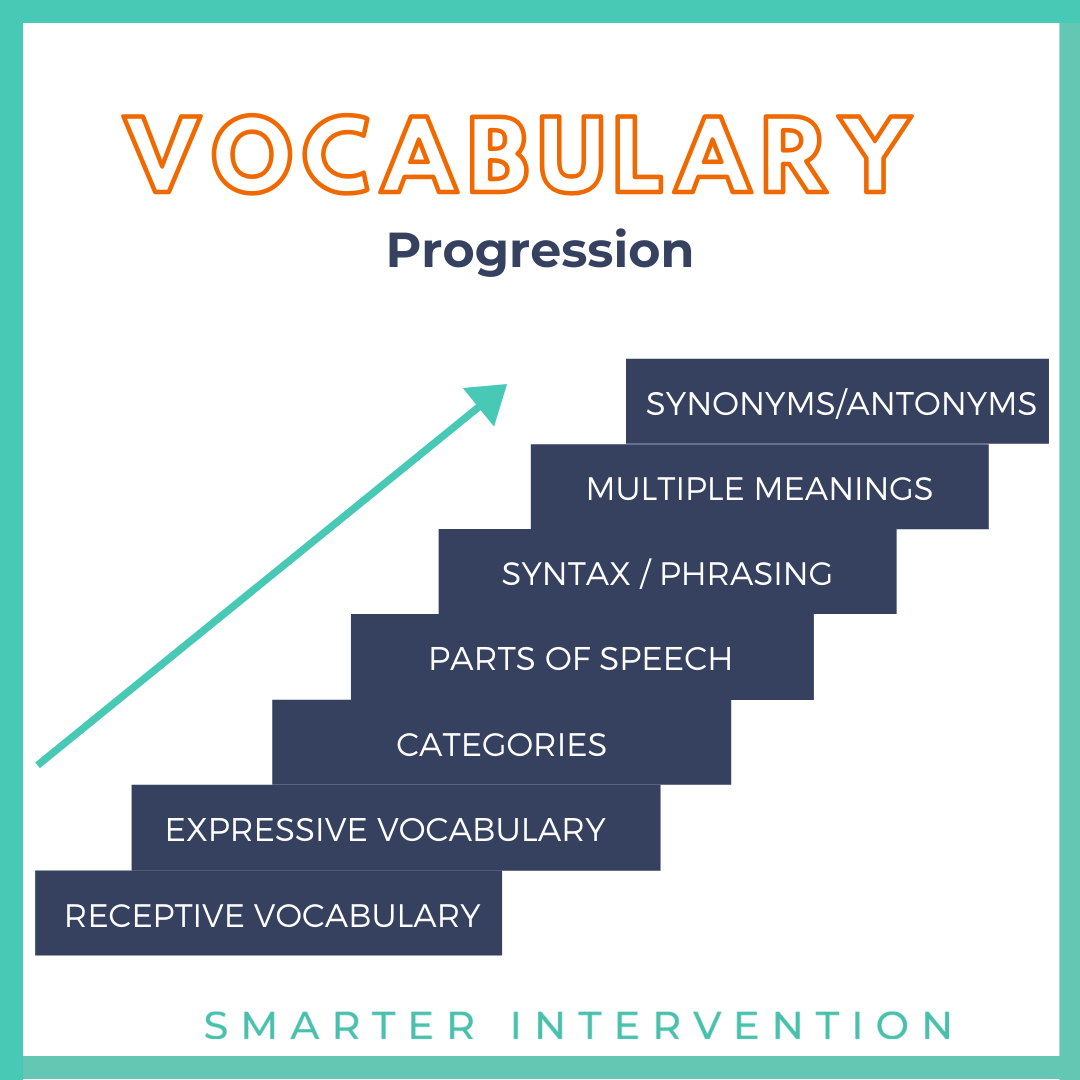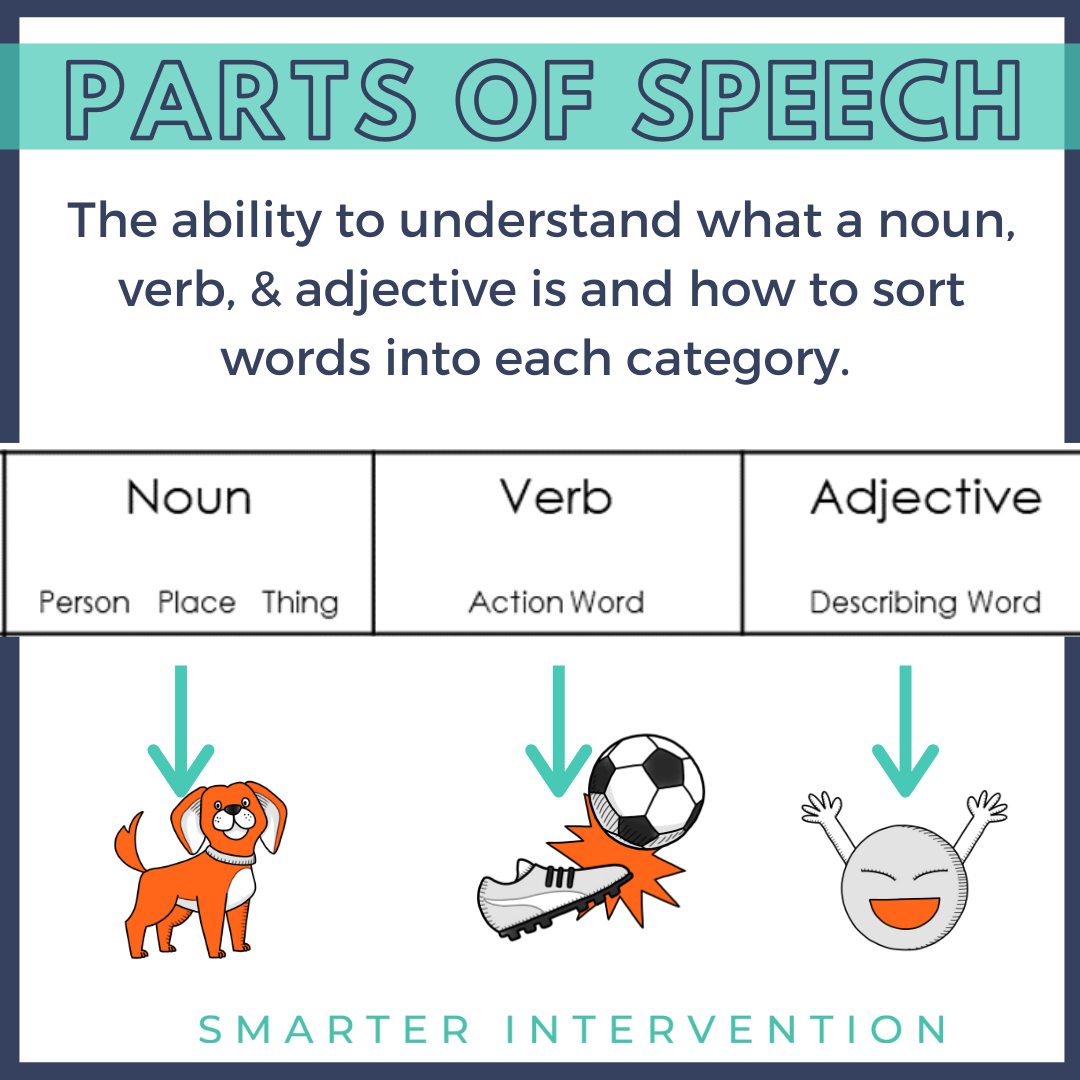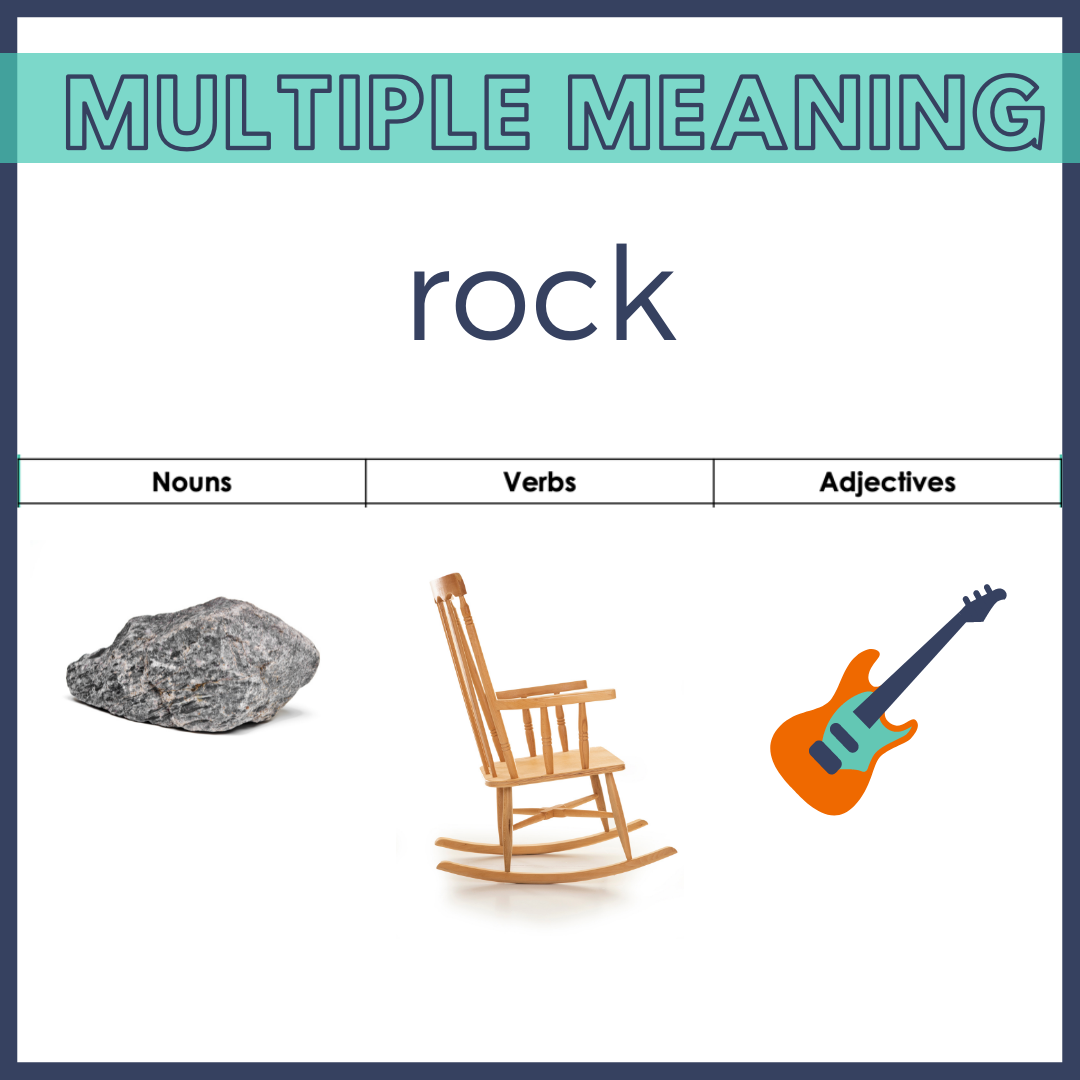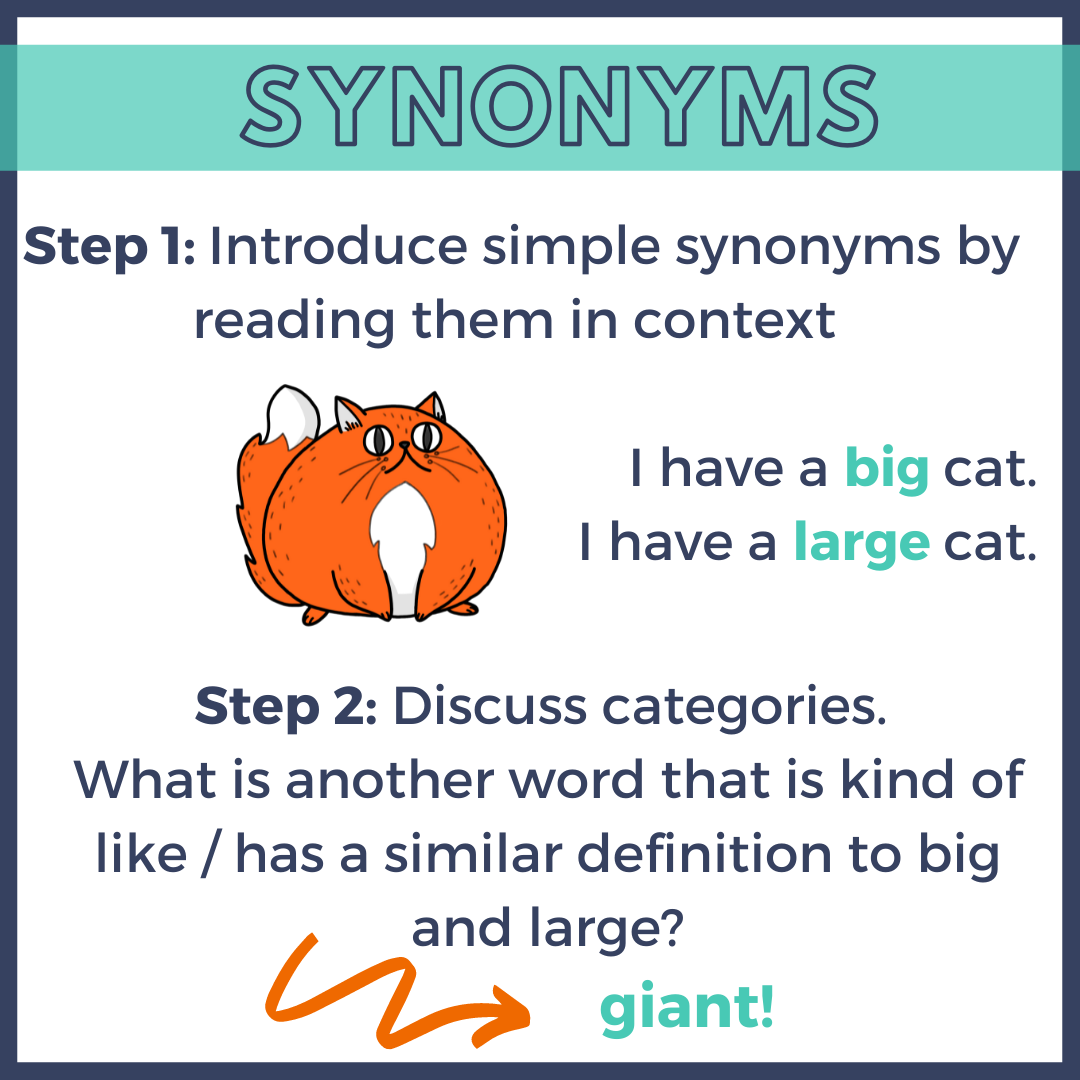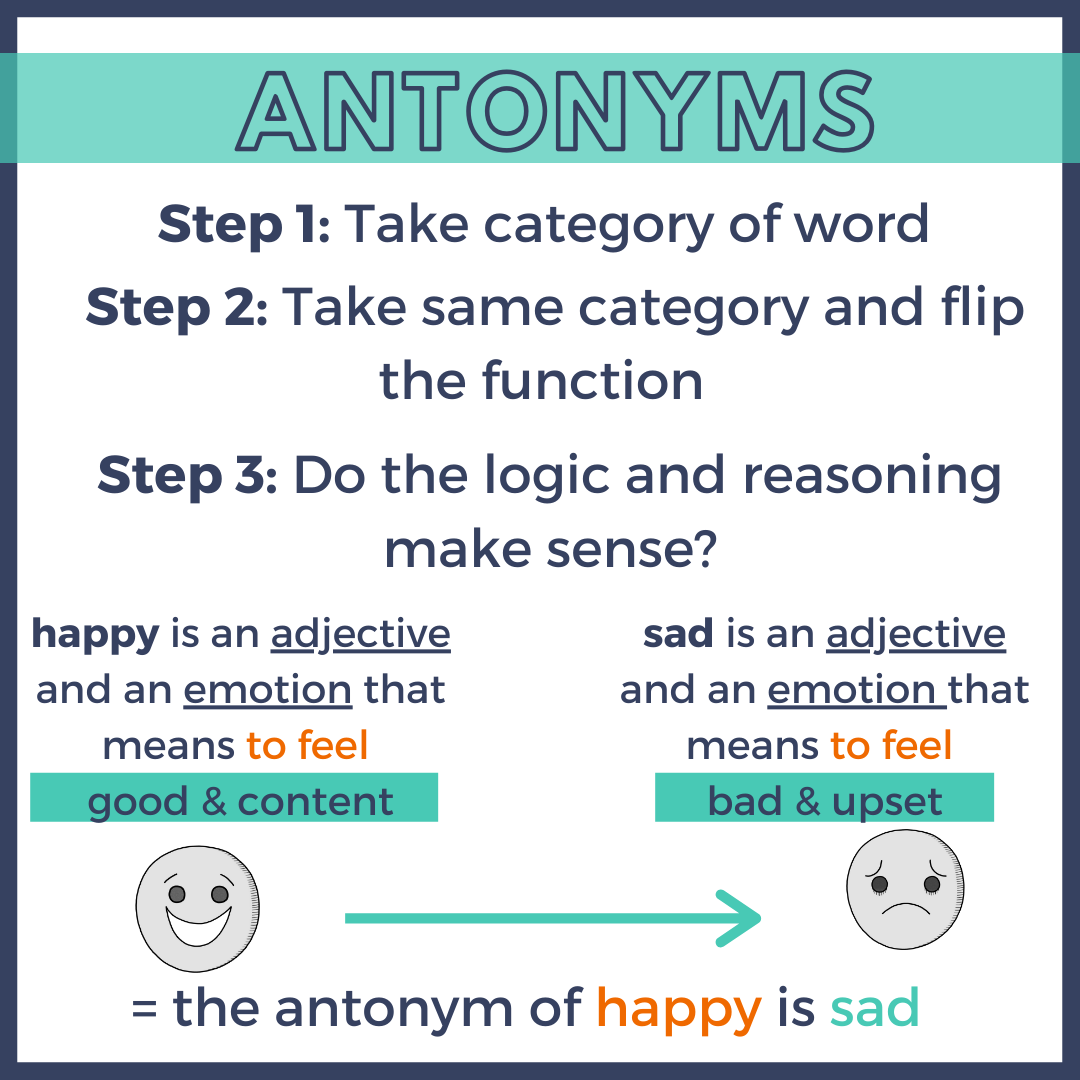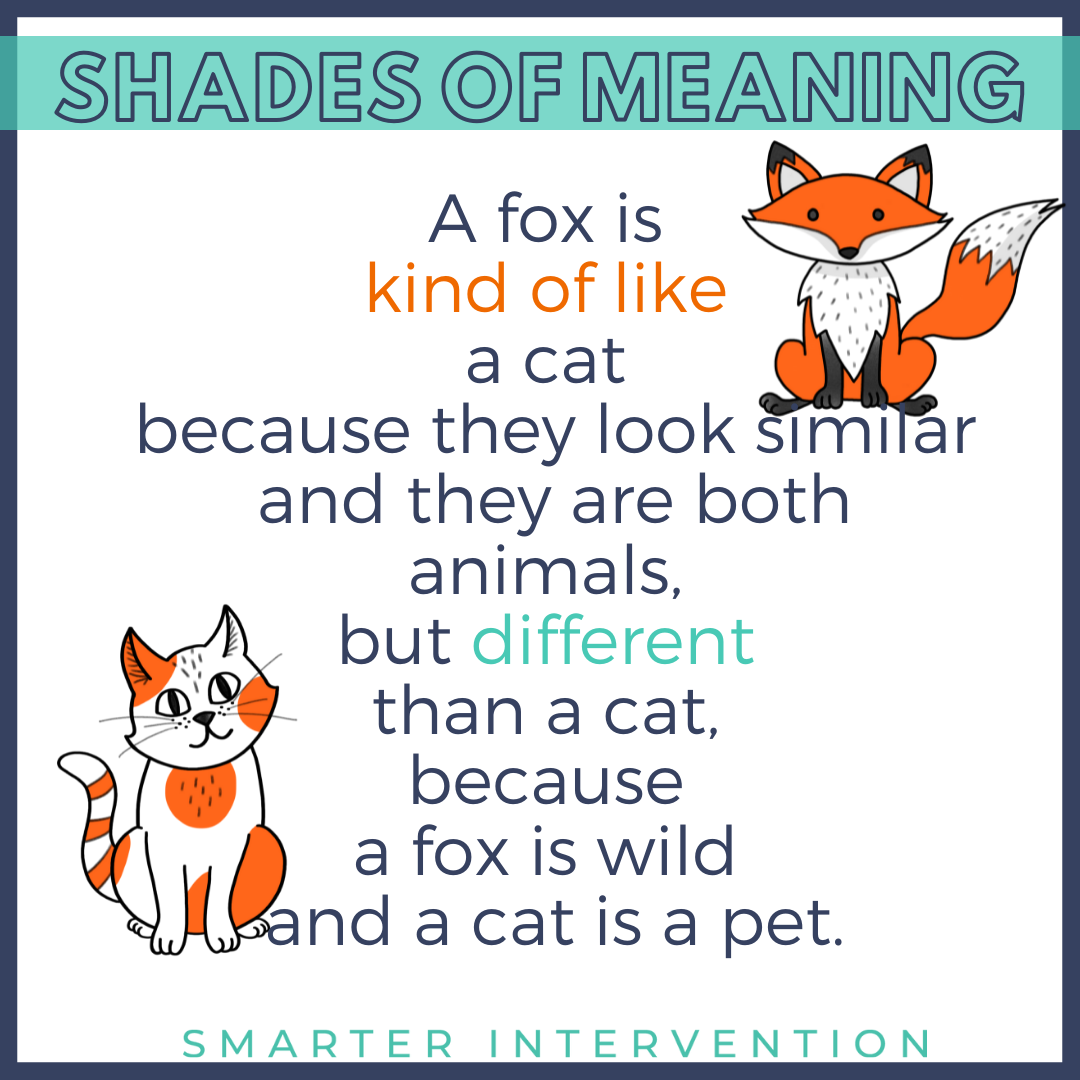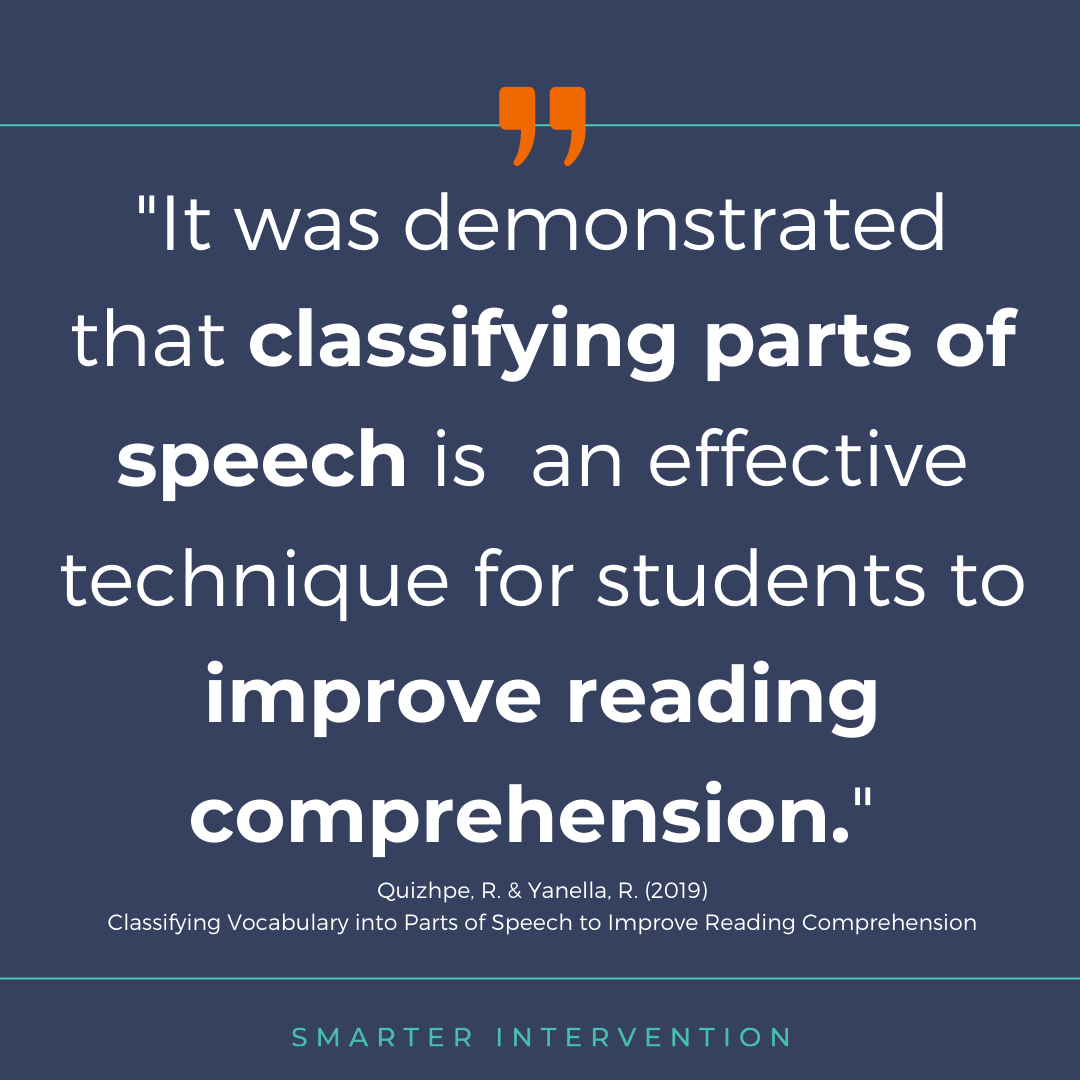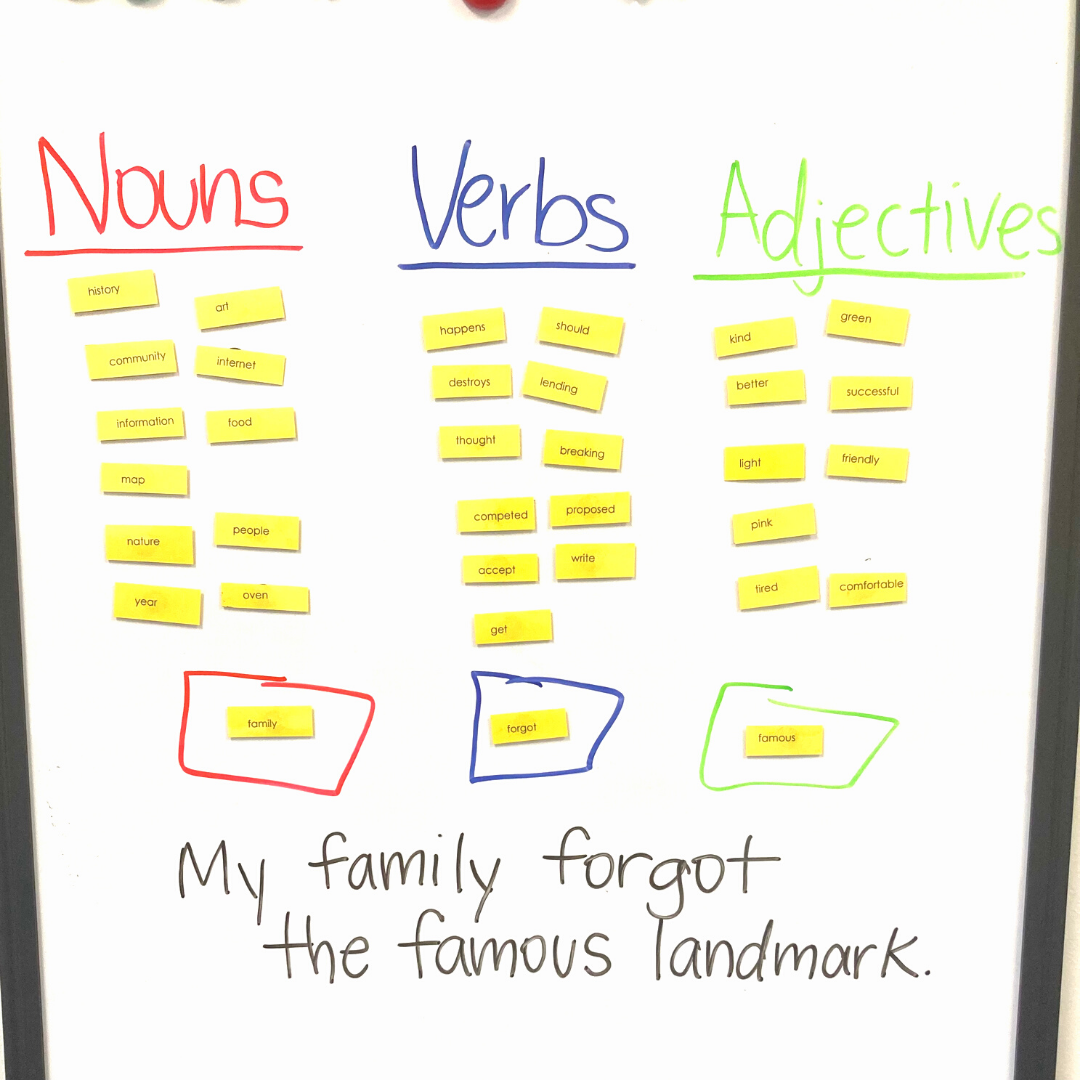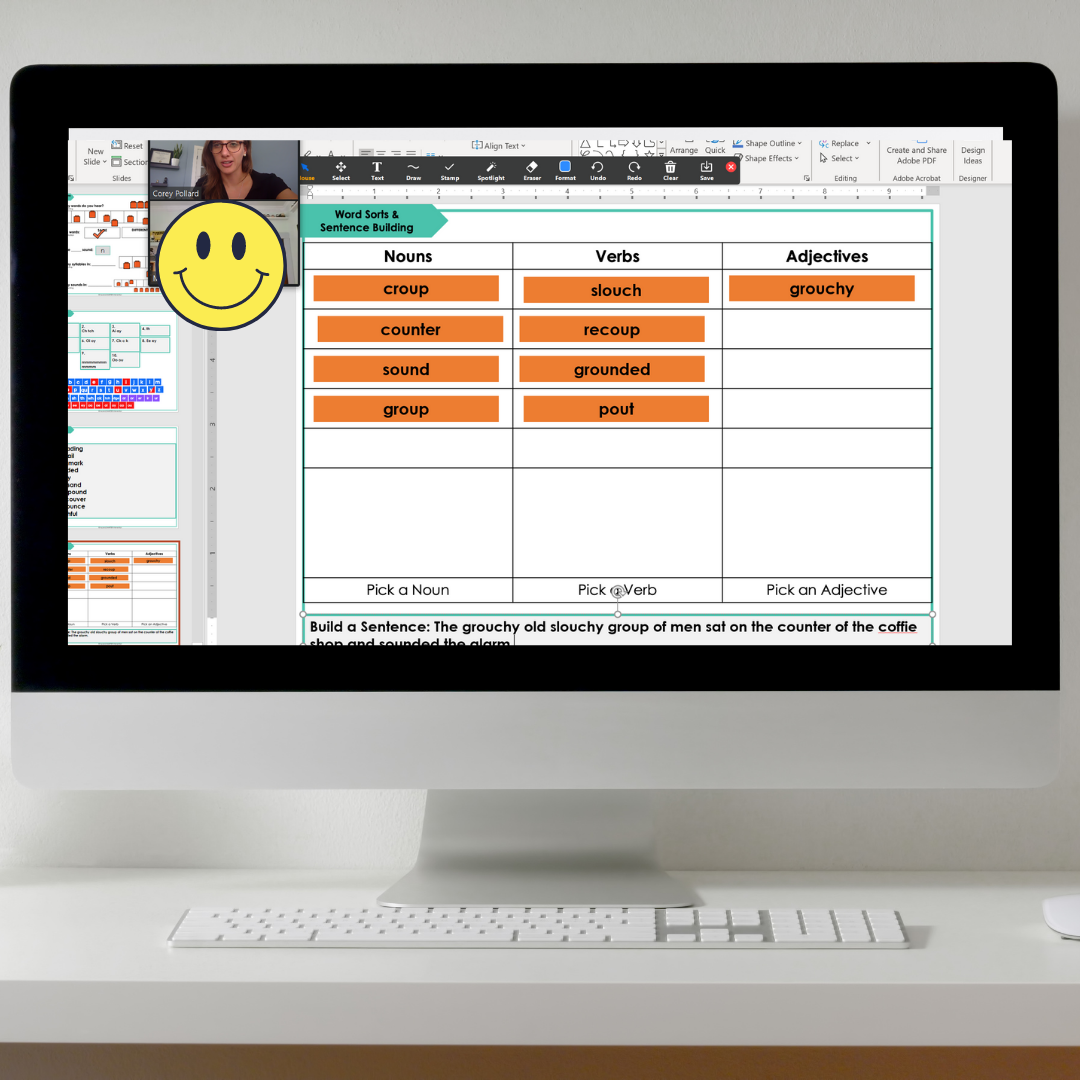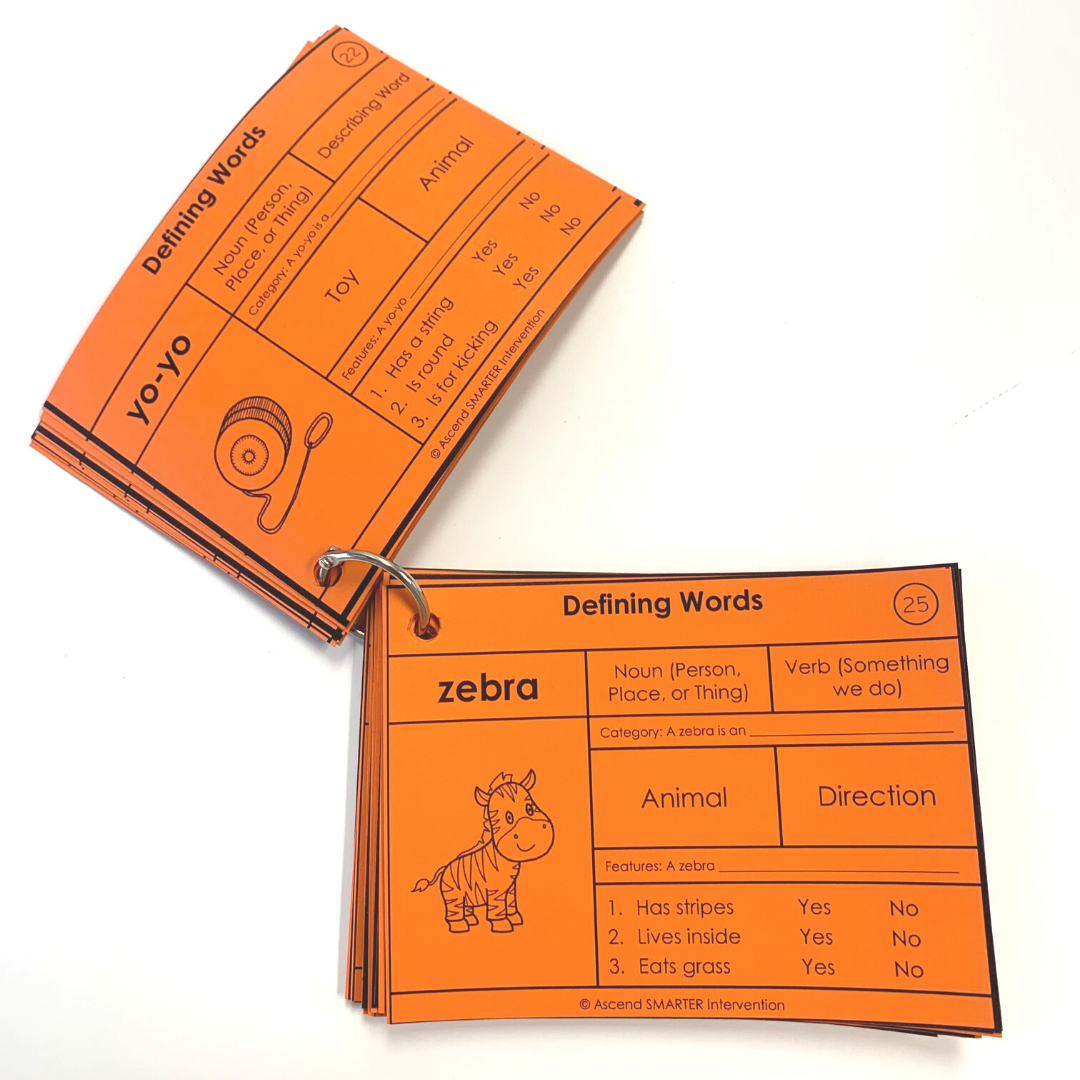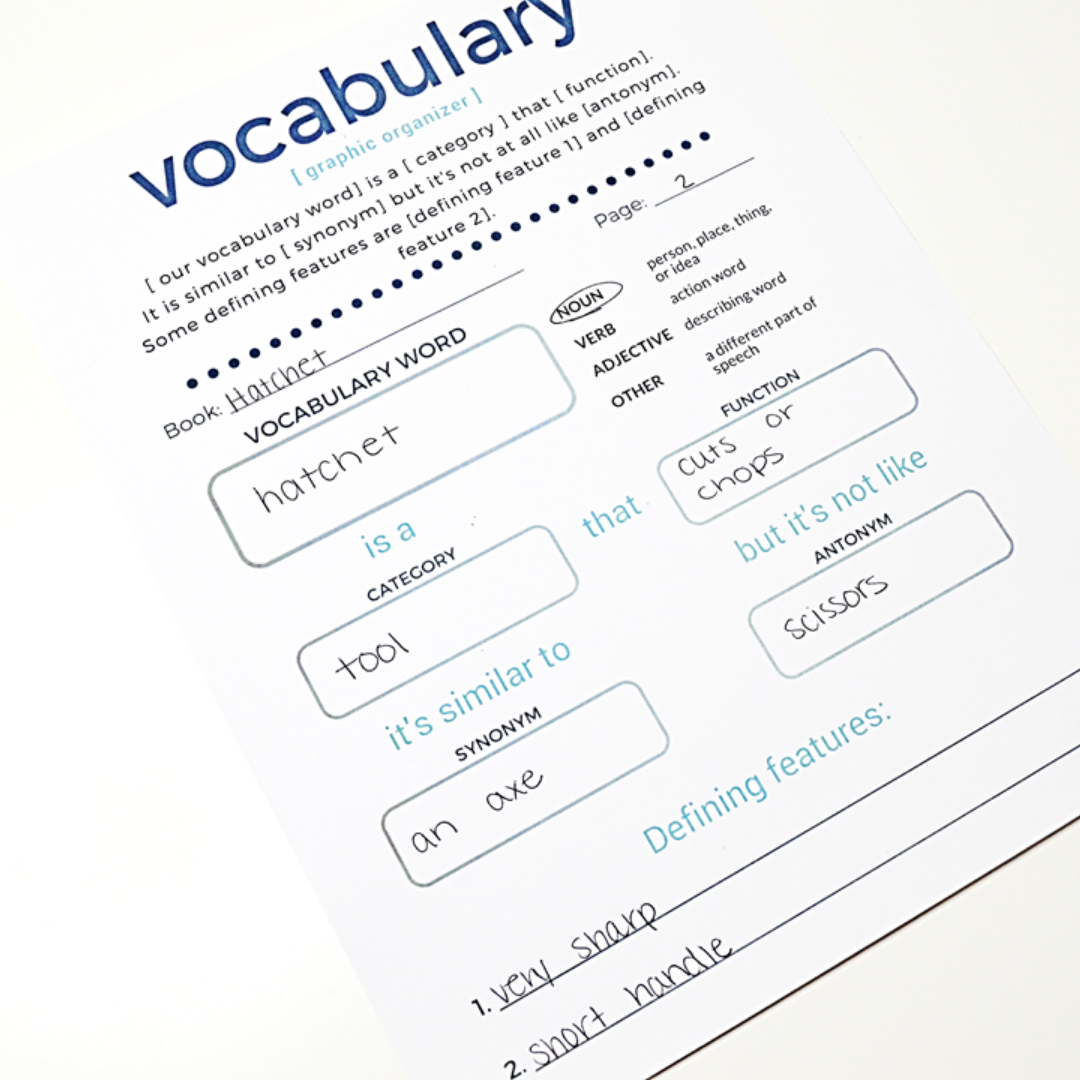How to Fit Vocabulary in to Your Reading & Writing Lessons
Have you ever wondered how to effectively include vocabulary instruction in your reading & writing lessons?
For a long time, we did too! Then, we realized that effectively incorporating this instruction is actually easier than we thought.
First things first -
Why is it important to include vocabulary instruction in our literacy intervention lessons?
Vocabulary is important in order for students to be able to communicate effectively.
Developing a student’s receptive and expressive vocabulary will be an essential piece to their reading & writing success.
When we think about the literacy processing triangle, we often see literacy intervention incorporate a lot of work around orthography & phonology (and the connection between the two). It is far less often that we see strong semantics support. In order for students to make the biggest possible gains, we need to support all pieces of the triangle throughout our intervention.
Without a solid knowledge of vocabulary, all of our work to support phonics will ultimately fall short. Students need to be able to understand what they are reading, not just decode the words.
So - what exactly does vocabulary instruction need to look like?
Vocabulary instruction, like all of our other literacy intervention concepts, should follow a systematic progression. Receptive & expressive vocabulary will be the base of our progression, and then instruction should work up through categorization, parts of speech, syntax & phrasing, multiple-meaning words, and then definitions, synonyms, and antonyms.
You can read more about research-based vocabulary instruction >>here.<<
Now, for a long time fitting all of this instruction into our lessons felt complicated. It was often disjointed or we were trying to go off the students’ lead when it appeared they were unsure of what a word meant.
Instead, now we align our instruction with the target phonogram/morpheme that we are working on that day. This has not only made our lesson planning easier and much more cohesive, but it has also been super effective.
Here are a few tips for fitting vocabulary instruction into your reading & writing lessons.
When students are practicing their decoding, they often have a list of words that they will need to read. You can use these words to ask a multitude of vocabulary questions.
Categories
Within the list of words (or images for your younger students), you can ask them to find all of the words that fit within a specific category like “numbers” or “foods.”
Parts of Speech
In your list, ask students to identify all of the nouns, verbs, or adjectives. You can also use the spelling words your students have that day & sort them. If you have extra time, making word magnets that students can sort makes this activity extra engaging!
Syntax/Phrasing
In our lessons, we always incorporate sentence-level fluency (more on this next week!). In addition to fluency skills, these sentences are a great way to target syntax & phrasing, working on identifying the subject, predicate, and adverbial.
We typically refer to this as finding the “who/what,” “did what,” and the “bonus” (why, when, where, or how). This helps students understand how these sentences break down into different components to support their comprehension & knowledge of syntax.
Words in context
Ask your students to use words they read (from the word list) in a sentence. You can have them use one word or multiple words (including one noun, one verb, and one adjective from the previous activity) to help them create syntactically correct sentences as well as target writing skills.
Definitions
There are a few ways that you can target definitions in your reading intervention lessons.
When we ask students to define words, we use a specific framework to support comprehension. This starts with the category, and asks them to identify the function, purpose, & defining features of a word, a synonym, and an antonym/shade of meaning. When put together this sounds like “[word] is a [category] that [function, purpose, & defining features]. It’s kind of like a [synonym] but [antonym/shade of meaning].” For example, a hatchet is a tool that we use to cut or chop. It is very sharp and has a short handle. It’s kind of like an axe but not like scissors.
Typically, we will include a vocabulary question in our reading comprehension activities. This asks students to define a word used in the passage they read that day.
You can also turn the task of defining words into a game. With your word list, ask students to pick a word & describe it in a way that allows you to guess which word they picked. While describing the words, you can ask students prompting questions to help them give you each part of the vocabulary framework. For example, if they say, “This is a farm animal that makes milk.” You can ask them, “What’s it kind of like?” to get them to give you a synonym.
Multiple Meaning Words
Words with multiple meanings can be tricky for students as their vocabulary develops! One activity we like to do to help support their knowledge of these words is to use other words to help them recognize how words can be used differently.
For example, if we are thinking of the word “cut,” it can be an action (like, to chop) or a thing (an injury that would require a bandaid). In the activity pictured below, we would give students the words “chop, cut, bandaid” and ask them which two words go together. Then, they must find another pair of words that go together. This helps them begin to start thinking about different ways the words can be used or the different meanings they carry.
Other vocabulary skills you can target with your word lists…
With your word lists, you can ask students about multiple-meaning words (they can find them, or, you can tell them which word has multiple meanings and ask them to give the meanings), find synonyms or antonyms, or identify words that they aren’t sure of how to define to support their metacognition.
If you are interested in using resources to help target vocabulary (and the other core components of literacy), then you should check out the 5CCL Activity Library. This library has hundreds of printable and digital-interactive resources you can use with students across all grade levels. Learn more by clicking the link below.
Check out the video below for more information about how we incorporate vocabulary instruction into our reading & writing lessons.


